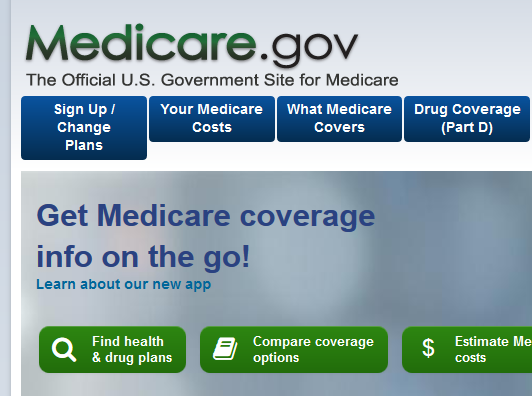By Jayson Waller.
Daily headlines remind us of how unreliable and vulnerable our traditional power grids are, which is why more and more accountants are exploring the possible taxpayer savings of solar power for their clients. When the sun’s rays beat down on solar panels, they produce electricity that can be used and stored. With solar panels people can actually “own” their energy, bringing them potential savings on monthly electric bills, while having access to power during outages.
Furthermore, clients will benefit more when solar power is installed with a battery backup system to prevent monetary losses due to spoiled food, medication, or the inability to work from home. That’s because stored solar energy can keep the lights on and coolers running.
Unfortunately, solar power tax benefits are too often only communicated in the bigger conversation of eco-friendly green initiatives, so not enough accountants are aware of the details. Below are 4 things you need to know when advising your clients:
When it started and what it means now.
The Federal Solar Tax Credit (ITC) began in 2005 and has since been extended multiple times. The rate was higher at 30% when it first passed, then lowered to 26% in 2020, and is set to drop again to 22% in 2023 until it stops completely for homeowners by 2024. For business owners, the tax credit will decrease on a similar schedule, though its credit is anticipated to be set at 10% in 2024 and beyond. This tax credit may have a major significance for clients who own small to large buildings, even stadiums and arenas, in reducing the net cost of their solar systems. However, this nonrefundable credit is not guaranteed and is limited to the taxpayer’s tax liability.
How the tax credit rollover factor works.
Currently, the federal tax credit is set at 26% of the net cost of the system for eligible homeowners if their solar system is installed by December 31, 2021. However, your clients may be able to apply the leftover amount as a carry-over into the next tax year. For example, if the maximum credit your client can receive is $6,000, and they have only $4,000 of tax liability in the year they placed the system into service, it’s possible they may be able to carry over the remaining $2,000 to the following year. Again, this is subject to the tax liability of the taxpayer.
State & local tax credits.
Depending on the state in which your clients reside, this could be a very significant tax savings. For example, South Carolina presently offers a 25% state tax credit on solar installations. This means that Palmetto State homeowners could potentially benefit from an up to 51% credit on the net cost of their solar system between the combined state and federal incentives.
Potentially higher property value without higher property taxes.
According to Zillow, a solar panel system can raise a residential property’s value by an average of 4%. We expect a similar increase could happen with businesses. In addition, some states offer solar property tax exemptions, meaning that part or all, of a solar installation could be exempt from property tax. For instance, qualified residents in Texas enjoy a 100% solar property tax exemption, which means no matter how much value solar panels add to homes in Texas, homeowners pay no taxes on that added value.
Some states have similar programs, while others offer different percentages of property tax relief. According to the Solar Energy Industries Association, right now there are 25 states offering solar related property tax relief, so please check your local laws and regulations to see if any of your clients would be eligible.
Homeowners can sell solar energy back.
This is an ongoing client savings that requires research because every utility company will have their own rules. But here’s how it works: In states that have renewable portfolio standards, utility companies must provide customers with a stated minimum amount of electricity from renewable sources such as solar. To help meet that quota, utility companies can buy electricity produced by a solar customer’s home.
A homeowner earns one solar renewable energy certificate (SREC) for every 1,000 kilowatt hours of electricity generated by their home, and utility companies can be credited for producing that electricity by buying the credit from the homeowner. While the value of SRECs will vary by state, this is a true example of taxpayer empowerment and savings. This incentive is in addition to net metering rules, which can provide credits to homeowners on their electric bills for excess solar energy they send back to the grid. Net metering rules also differ from state to state and sometimes, utility company to utility company too.
In sum, solar power systems can provide what every accountant and tax advisor always hope they can provide to their clients – greater value from their investments. The federal solar tax credit, along with the potential of state incentives, utility company rebates and the savings clients can experience from solar, can set them on the path toward achieving exactly that!
=======
Jayson Waller is founder & CEO of POWERHOME SOLAR, a leading provider of solar panel installation and energy efficiency services operating in 15 states across the U.S. He can be reached at jwaller@powerhome.com
Thanks for reading CPA Practice Advisor!
Subscribe Already registered? Log In
Need more information? Read the FAQs
Tags: Benefits




